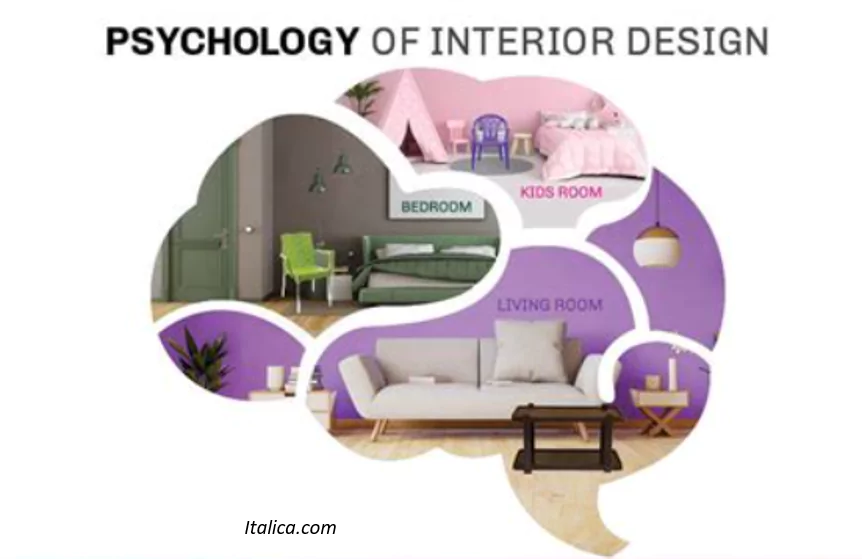The Psychological Effects of Interior Design

Cheyanne Blue, RLPS Interior Designer
Our homes are a reflection of us. They are places where we not only feel the most comfortable but also show other family members and friends who we truly are (or how we want them to think we are!).
Walking into your space should feel like a hug – a place so comfortable and YOU that you feel a deep peace in it. There is nowhere else in your world that will feel as good, as welcoming.
And it’s not just our homes that should feel this good but our workplaces too. Feeling good releases endorphins (the “feel-good” chemicals in our brains). Feeling this as much as possible is important for our well-being. The Mental Health Association recommends that your surroundings should be comfortable, provide positive energy and make you feel safe. So, how do you do this? Look at your spaces with a fresh, critical eye. Let’s go through some of the items to review:
Colors. Do you see colors you like? Yes? Excellent. No? Get rid of or camouflage them if you can.
Lighting is also important. Is it too bright and you find yourself squinting? Or so dim that you can’t see your cat begging for his dinner? Can you shut off your bedroom light from your bedside or do you have to get out of bed to do it?
Clutter. This is literally a big thing in a lot of homes. Do you have a clear path to and from the spots you use the most? Do you have to walk sideways to get to your bedroom because there are so many laundry bins lining the hallway? Are there items you can find a new home for (or trash!) to reduce the clutter? Clutter adds to our mental state = not good for our well-being.
Textures. Your décor should have a variety of textures – not all one, such as all cotton solids. Mix it up with different but complementary fabrics. Here’s a hint: take a black-and-white photo of your room. It will either read as different shades of grey because you have that variety of color and texture and look interesting, or it will read as one color and flat which means you need more variety.
Artwork. Do you find joy in looking at it? Or do you have blank walls? Express your individuality. Don’t have a space that works for others. Have the courage to have a space that represents YOU!
Sometimes, the simplest thing to do is rearrange your furniture. Look for complementary items from other rooms and bring them in. Take that pillow from your bedroom chair and toss it on the occasional chair in your living room. A refresh is free and can make your space feel brand new!
After a refresh, test it: Would anyone seeing your home for the first time (or again!) be able to tell you three things about you? Are those three things what you WANT them to see/know?
Still struggling? Get a friend who knows you well to look at your space. Maybe they can help you see your space more realistically and can suggest changes.
Remember, your workspaces need a refresh too. No personal photos of loved ones? Use one as your computer’s desktop image, or add a framed photo to a spot in your office so you can appreciate it every day. Too many knickknacks and doodads can look cluttered but a few special pieces that make you smile will bring you joy!
We spend a lot of time in our homes and workspaces. They should be functional first, then beautiful to reduce stress and depression. Don’t discount the psychological effects of interior design. They can have a profound impact on your well-being.


